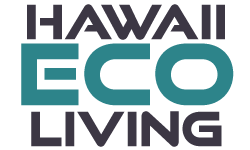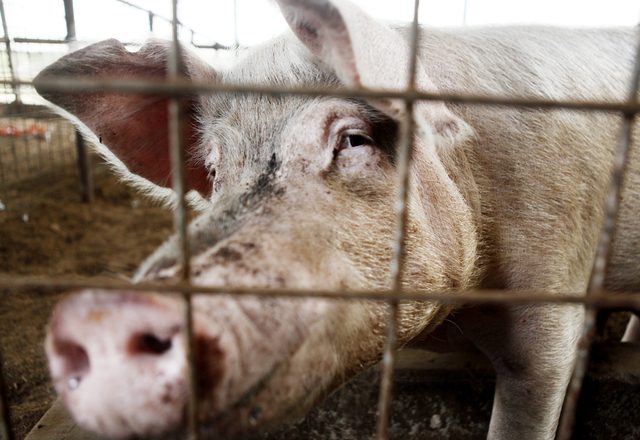A Korean-based method of managing animal waste is improving hog farming conditions and garnering support on Hawaii Island.
“There seems to be a growing interest in natural farming,” Donn Mende, Hawaii County research and development deputy director, said.
Sim Mook Kang, owner of Kang Farms in Mountain View, adopted the practice for his piggery outside of Kurtistown in 2009. It was the first of its kind in the United States to use innovative waste management technology that, according to Kang, leaves most visitors surprised.
“It’s a pretty good system because there’s no smell,” Kang said.
Michael DuPonte, Hawaii County extension livestock agent on the East side of the island, said he “couldn’t believe it” when Korean Natural Farming creator Master Cho Han demonstrated the method’s success during a tour of his Korean-based piggeries in 2008.
“When I walked in I couldn’t believe what I saw — no smell; no flies,” he said.
The lack of smell that’s typically associated with pig waste can be attributed to the use of indigenous microorganisms or “IMOs.” Farmers who follow the Korean Natural Farming method incorporate IMOs into the soil that end up breaking down the animal waste naturally.
According to a document written by DuPonte, the process of Korean Natural Farming centers around the use of self-collected IMOs, a “deep green waste litter system” and using “strategic solar positioning and natural ventilation for drying and cooling.”
According to a U.S. Dept. of Agriculture document, there are four types of IMOs. IMO 1 are organisms that have been gathered by exposing sterile, fresh-cooked rice substrate to good fertile soil from the local garden, farm field, and humus from under trees and bushes.
Mature IMO 1 is bound together with fungal mycelia and also contains a variety of bacteria and other microorganisms. IMO 2 involves IMO 1 organisms along with the rice substrate, which has been mixed with an equal weight of brown sugar, mashed to a paste and allowed to ferment under a porous cover for at least a week. IMO 3 involves completed IMO 2 that has been diluted with water and optional nutrients and used to moisten rice or wheat bran, followed by fermentation to multiply the IMO 2 organisms.
The fermentation lasts a week or more depending on conditions. IMO 4 is IMO 3 that has been mixed with an equal weight of good rock-free native topsoil and allowed to continue fermentation until activity subsides.
DuPonte said IMOs are added only once for the life of the practice, and at Kang’s farm there hasn’t been a need to clean the pigs’ area and no runoff has been reported since the system was adopted five years ago.
Although the Big Island piggery has less than a dozen porkers, DuPonte said he’s seen the system work in piggeries that held more than 300 swine and that some of the piggeries in Korea had been in operation for 12 years without waste removal.
via Korean-based operation takes stink, mess out of hog farming | West Hawaii Today.

